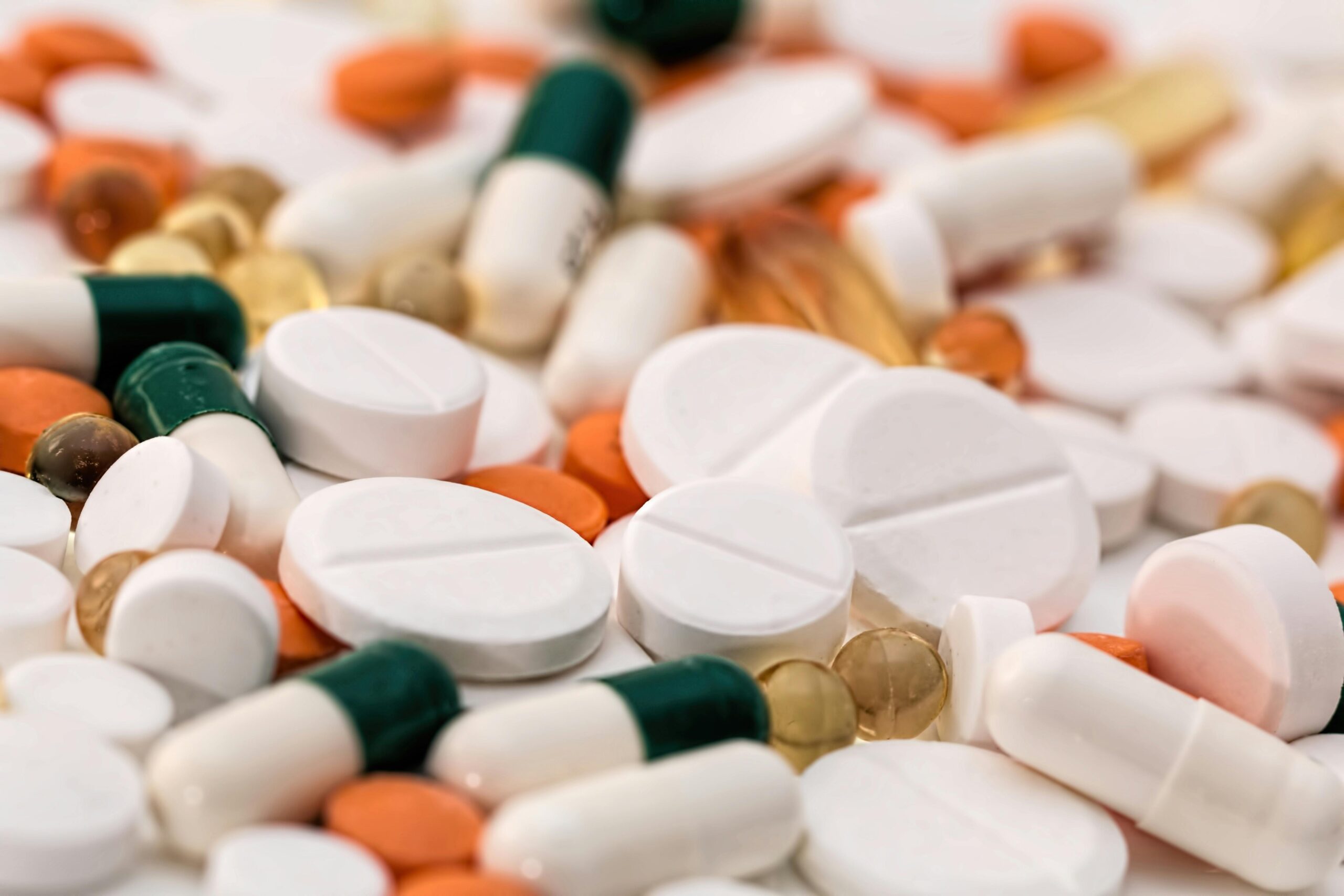Yes, They Sound Boring—But They’re Super Important (And Even a Little Cool)
Let’s Be Honest: Pharma Has Its Own Alphabet Soup
You’ve probably come across terms like GMP, GDP, and WHO guidelines, and your first thought might be, “Ugh, more acronyms?” We get it. They sound technical, bureaucratic, and a little sleep-inducing.
But stick around—because once you understand what they really mean, you’ll see they’re actually the unsung heroes of your medicine cabinet.
These guidelines aren’t just about red tape—they’re about keeping you safe, your medicines clean, and the entire pharma world ticking properly.
Think of them like traffic signals for medicine manufacturing and distribution. Without them, it’s chaos.
GMP: The Rulebook of Clean and Consistent Medicine
GMP stands for Good Manufacturing Practice. If a company follows GMP, it means your pills weren’t made on a dusty table in someone’s basement.
They were manufactured in a clean, controlled environment with checks at every step to make sure you get what the label says.
Imagine baking 10,000 cupcakes and making sure every single one has the exact amount of sugar, no eggshells, and a perfect swirl. That’s what GMP ensures—but with life-saving drugs instead of cupcakes.
It even tracks who did what, when, and how—so if something goes wrong, the problem can be found fast.
GDP: Not the Economy—It’s About Delivering Safe Medicine
Next up is GDP, or Good Distribution Practice. Where GMP ensures medicine is made right, GDP ensures it’s delivered safely from factory to pharmacy.
Picture this: your medicine is perfect when it leaves the plant, but it sits in a hot truck or a damp warehouse. That’s where GDP comes in.
GDP ensures that medicines are stored, transported, and handled properly throughout the supply chain, maintaining their quality the whole way.
It also makes sure medicines don’t fall into the wrong hands or go missing along the way—a big deal in this industry.
WHO Guidelines: The Global Gold Standard
Let’s talk about the big boss of healthcare rules—the WHO, or World Health Organization.
When countries follow WHO guidelines, it means they’re playing by a rulebook that’s recognized across the globe.
Their norms cover everything from how a tablet should dissolve to how a vaccine is labeled and stored.
For exporters, WHO norms are crucial. If your medicine follows WHO norms, it’s easier to get approvals and gain trust.
Why You Should Care (Even If You’re Not in Pharma)
Even if you’re not in pharma, these acronyms protect you. Whether it’s iron supplements or grandma’s heart pills, GMP, GDP, and WHO norms ensure safety.
For businesses, these are your entry tickets to global markets. Without them, your products won’t go far.
Understanding these standards helps you stay compliant, build trust, and avoid costly mistakes.
Because nothing halts growth like a rejected shipment or a product recall.
Final Thoughts: Don’t Fear the Acronyms
GMP, GDP, and WHO norms may sound technical, but they’re all about keeping quality in check from lab bench to blister pack.
Now that you understand them, you’ve got a superpower of your own— informed trust.
So the next time someone mentions these letters, smile and nod. You’re officially in the know.


